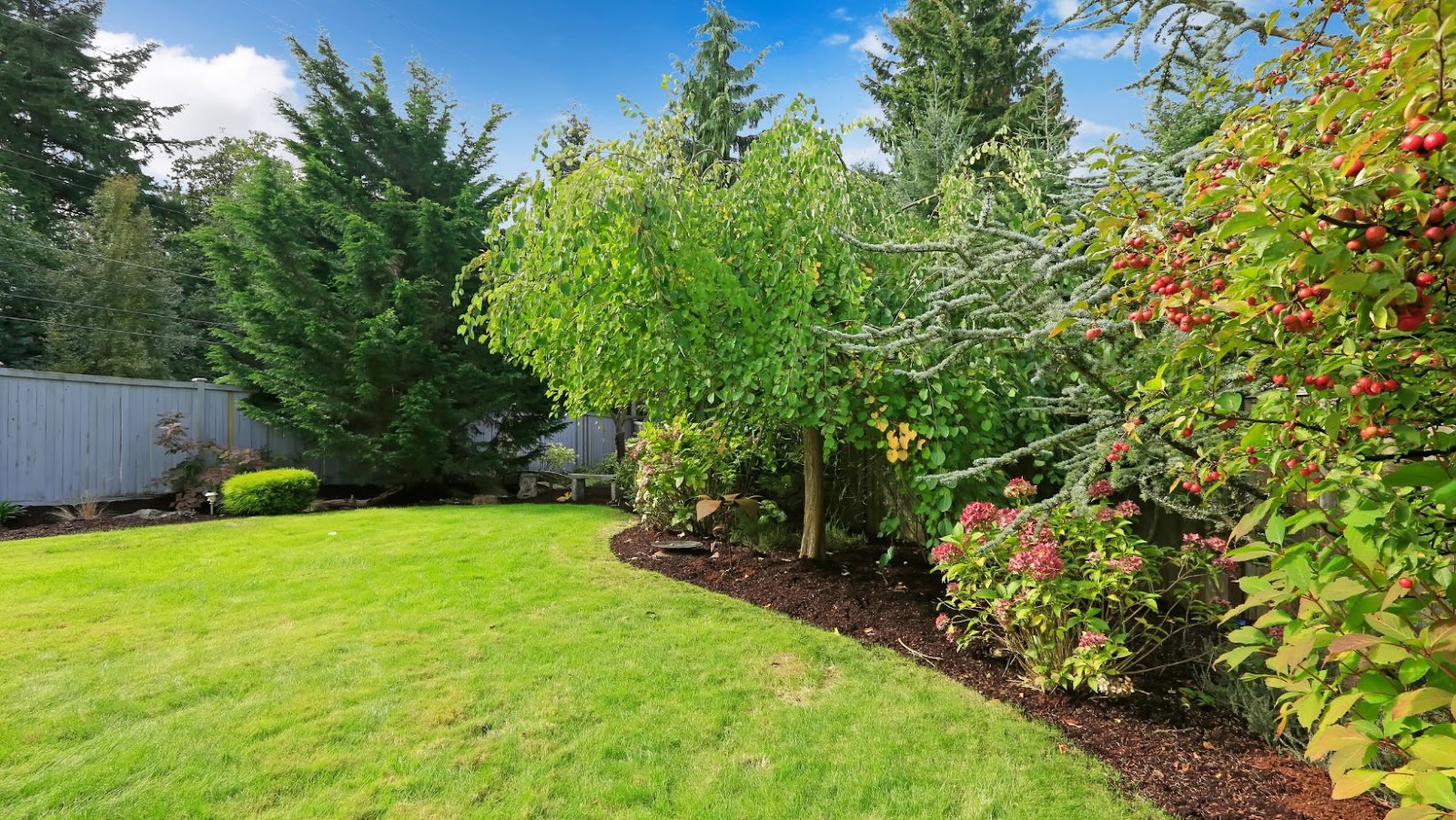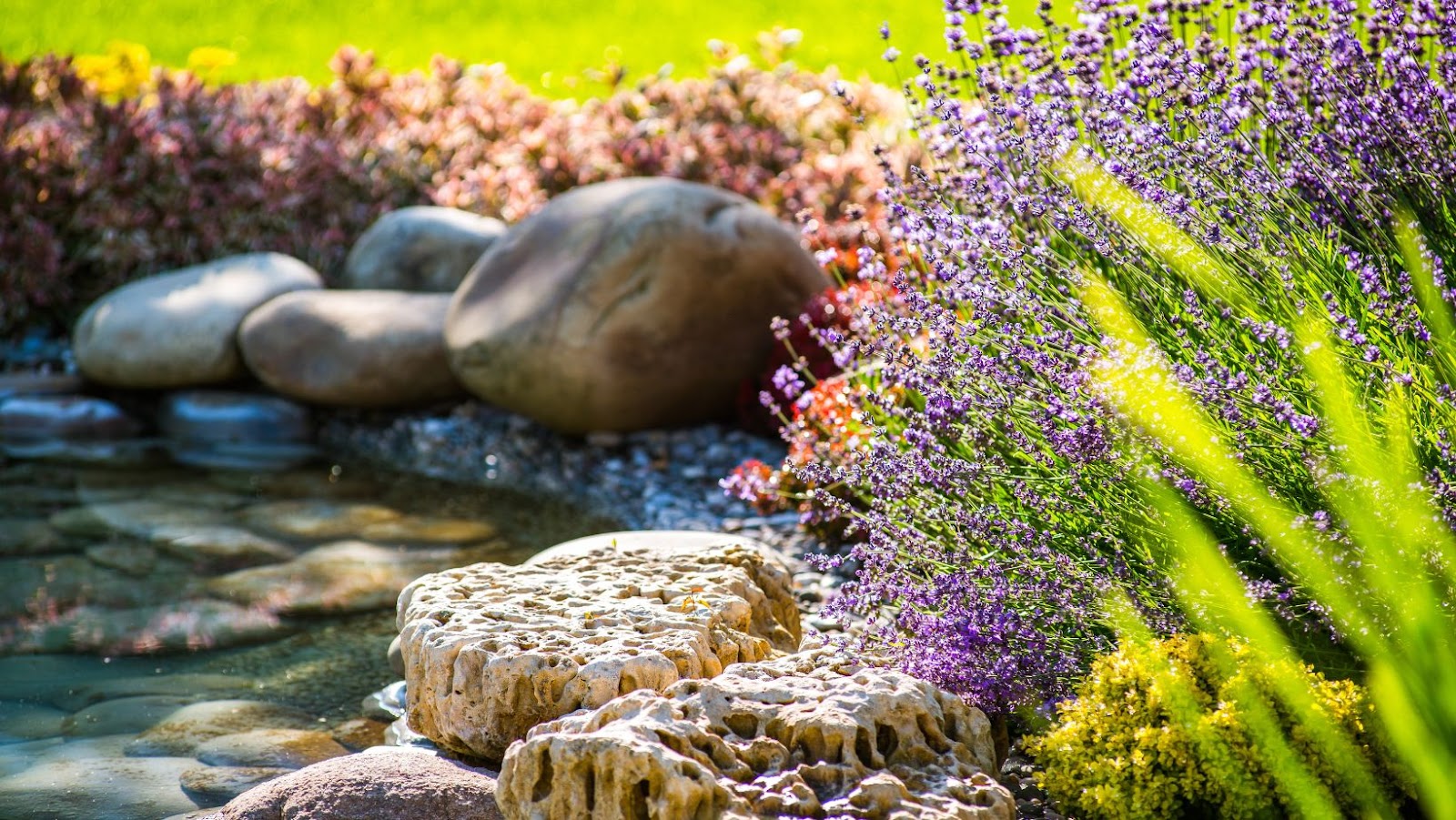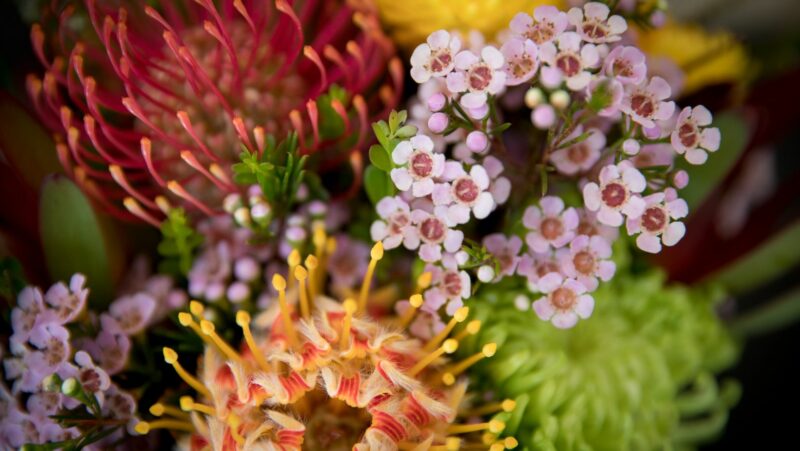
Are you looking to create a beautiful outdoor space? Landscape design can be an enticing way of allowing your creativity to take form in a place where everyone can enjoy it. Planning and executing the perfect landscape design might seem daunting. Still, with careful consideration of the different elements that come into play, you can ensure you end up with an oasis that is as inviting as it is visually appealing. Let’s explore some factors one should consider when planning their ideal landscape design.
What Kind of Design Do You Want for Your Yard – Formal Informal, Modern or Traditional, Etc.?
Before you start designing, it’s essential to have a good idea of the look and feel you would like your backyard space to have. It will help you narrow down some design elements that work best for your style and vision.
Once you have an idea of what overall aesthetic you are trying to achieve, it’s time to begin thinking of simple backyard landscaping ideas. Some common ideas include adding walkways, patios, decks, and gazebos; planting trees and shrubs to create privacy; or growing a vegetable garden.
Another essential aspect of landscape design is determining the best layout for your outdoor space. It includes deciding how the different elements will work together, such as where pathways should go and what size of patio you’d like. Also, consider if you need any structures in your yard, e.g., a storage shed or fence, as this can affect the overall layout of your design.
In addition to aesthetics and layout, think about how you want to use your backyard space. Do you plan on entertaining guests? Growing vegetables? Installing an outdoor kitchen? Knowing how you want your backyard to be used can help determine the design elements necessary for a successful landscape plan.
Be sure to also consider the costs of your project, as this will affect the scope of your design. And don’t forget about maintenance. Your landscape should remain beautiful for years to come, so make sure you factor in routine upkeep and any extra costs.
Finally, when planning your landscape design, consult a professional who can advise on plant selection, soil type, and other important considerations. Having an expert weigh in on your plans will help ensure they turn out just how you envision them.
How Much Work Are You Willing to Do Yourself?
When executing a landscape plan, the amount of work involved is understandably daunting. Landscape design cannot be done in a single day, so it’s essential to think carefully about how much you are willing (or able) to do yourself. It might make sense to hire a pro if the scope of your project is beyond what you feel comfortable taking on.
By taking the time to consider all these different elements, you will be well on your way to creating an outdoor space that you can enjoy for years to come. Your imagination and creativity are essential tools when designing your ideal landscape. The possibilities are endless! And with careful planning, you can bring your vision into reality.
How Large is Your Yard, and What Shape is it Currently?
The size and shape of your yard will significantly influence the landscape design you choose. Are there existing trees or other structures that must be incorporated into the design? Knowing this information beforehand can help you plan accordingly and make sure that any changes you implement are done effectively.
In addition, assessing the condition of your yard before embarking on a landscaping project is essential, as it determines what kind of work needs to be done. If areas of your yard have eroded soil, drainage problems, or overgrown plants, these should also be taken into account when planning your design.
What Hardscaping Options Are Available?
Hardscaping is an essential element in any landscape design, and many options are available such as walkways, patios, decks, and gazebos. Consider which type of hardscape works best with the overall aesthetic you’re trying to achieve and its functionality; it should also blend in well with the surrounding environment.
In addition, it’s important to note that hardscaping is a more permanent feature of your landscape than plants and trees, so you will want to choose materials that are durable and can withstand weather conditions in your area. Hardscaping can be a great way to add value to your home, so take some time to think about which options might work best for your design plan.
Conclusion
When planning your landscape design, there are many things to consider. Think about the size and shape of your yard, the plants and trees you want to keep as part of the design, and any hardscaping elements you may choose to incorporate. Consider also how much maintenance is involved in the upkeep and if it’s better for you to do the work yourself (or hire someone else). Consult a professional who can offer valuable advice on plant selection and other vital aspects of your plan. With careful thought and planning, you can create an outdoor space that reflects your style and extends your home, bringing years of enjoyment.





